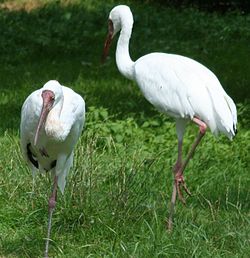
Environmental issues in Afghanistan are monitored by the National Environmental Protection Agency (NEPA). [1] These issues predate the political turmoil of the past few decades. Forests have been depleted by centuries of grazing and farming, practices which have only increased with modern population growth.
Contents
- Climate change
- Deforestation
- Wildlife
- Endangered species
- Critically endangered species
- Water management
- Pollution
- Air pollution
- Domestic and industrial waste
- Nuclear waste by Pakistan
- See also
- References
- External links
In Afghanistan, environmental conservation and economic concerns are not at odds; with over 44% of the population dependent on herding or farming, welfare of the environment is critical to the economic welfare of the people. Environmental hazards cause about 26% of all deaths in the country. [2]







